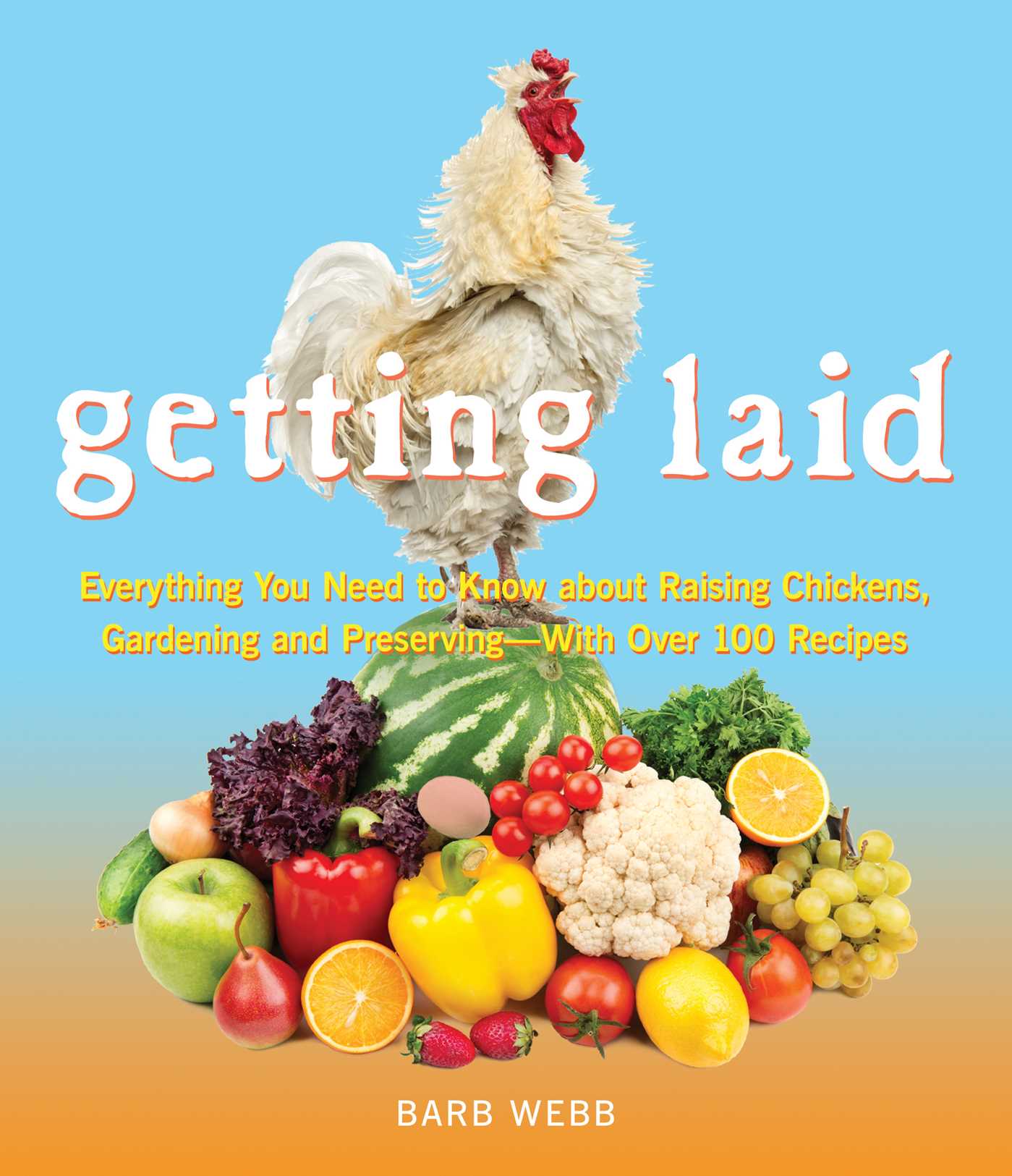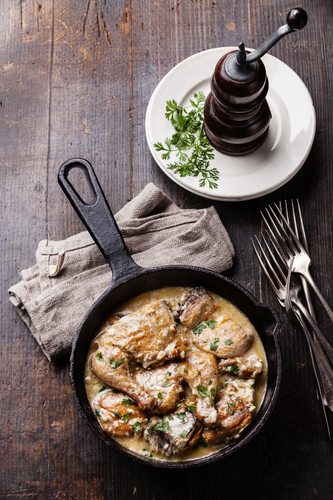When you cook meals in one pot, you realize that not every pot is created equal. Your big stainless soup pot and equally big cast iron Dutch oven simply do not produce identical results. All sorts of variables come into play. This can be frustrating, especially if you didn’t plan on some of the things that can happen.
As they say, forewarned is forearmed. The fact is, different recipes for one pot meals call for different pots. Being forewarned about this will help you choose the proper pot for the dish. Let’s take a look at a few types of pots to see how they would be good, or bad, in certain instances.
Stainless Steel Pot
You most likely have a set of pots and pans, with at least one very large pot that you use, perhaps, for boiling spaghetti. One advantage to these pots is they are relatively light in weight (when compared to cast iron), which means you can have a very big pot and still be able to move it around. They go right into the dishwasher, too. The lids are usually pretty tight fitting. Stainless steel is a ‘nonreactive’ material, which means you can cook acidic foods without worrying about pitting or stripping the surface.
These pots, however, are not good heat conductors. Most of the heat will be on the bottom of the pot, with little heat traveling up the sides or being retained there. That means a slow simmering stew may be bubbling on the bottom, but not bubbling on the surface and in the middle. This is a pot that needs watching if you’re trying to maintain a slow simmer throughout the contents.
Raw Cast Iron Pot
Often referred to as a Dutch oven, these pots are used for roasting or braising meat, and for making thick stews. The advantage to these pots is they are very durable. The better models heat evenly on the bottom and up the sides and retain the heat well, and when put on low heat, the contents will simmer slowly. A cast iron pot is also naturally non-stick if seasoned and maintained properly. Food cooked in raw cast iron also has an added benefit of absorbing iron, a necessary nutrient.
These pots are, however, very heavy. They are also ‘reactive’ meaning acidic foods may pit or damage the surface, and boiling food in water in a cast iron pot is not recommended. They take a longer time to heat up and to cool down, which can be both an advantage and a disadvantage, depending on the situation. Very inexpensive models may have ‘hot spots’ on the bottom. Raw cast iron pots need to be seasoned and re-seasoned routinely to maintain their natural non-stick coating. You cannot put a raw cast iron pot in the dishwasher.
Enameled Cast Iron Pot
One way manufacturers have eliminated the problem of the cast iron pot being ‘reactive’ is by applying an enamel coating. These pretty pots have all the benefits of cast iron without the problems associated with maintaining the interior and protecting it from acid and other detrimental elements. They are available in a wide range of sizes, shapes, and colors and make a pretty addition to any kitchen.
Now for the down side. They can be very expensive. However, average priced cast iron manufacturers have upped their game and are producing enameled cast iron pots to compete with the more expensive brands. Of course, these pots are very heavy.
Aluminum Pot
This is a lightweight material that also heats up fast and conducts heat well throughout the pot. Aluminum pots are also relatively inexpensive.
The bad news is, aluminum is very reactive to acidic foods, making it susceptible to pitting and discoloration. It is also rather soft and may scratch easily. This causes health concerns if used over time. To solve this problem, look for anodized aluminum. It is more expensive than raw aluminum, but the benefits are well worth it if you’re considering buying aluminum.
Copper Pot
These are pretty pots that conduct heat very well. They are available with stainless steel linings so you can have the shiny copper outside with a non-reactive inside for cooking.
Yes, copper is a reactive cooking surface if not coated with stainless. Any acidic ingredient will actually transfer a metallic taste to the food you are cooking, and in some cases a gray discoloration. But, again, with a stainless interior, a copper pot can be a good choice if you want a pot that heats well, is lighter in weight, and cooks food evenly. Also, copper needs polishing, which may or may not make a difference to you. It’s just another thing to keep in mind.
~
When it comes to choosing a pot to use for your one pot meals, you have many choices. Read through the advantages and disadvantages for each and decide what’s important to you. Think about the dishes you most often make, consider the price, weigh the quality and convenience, and then go out and get the pot you need to start creating those delicious one pot meals.




I think this is a great article and especially beneficial to those starting to collect the pans they want for their kitchen needs. I loved having this resource at hand in one article.